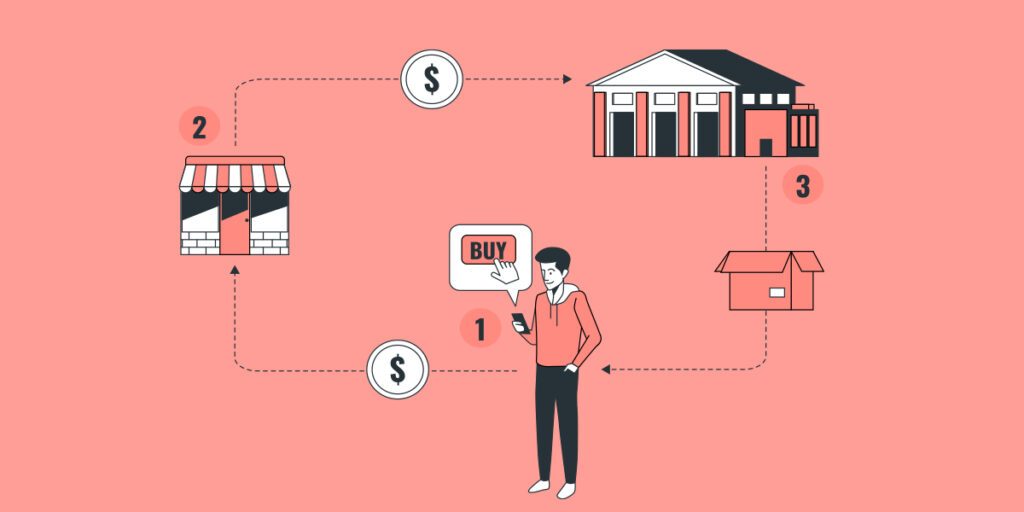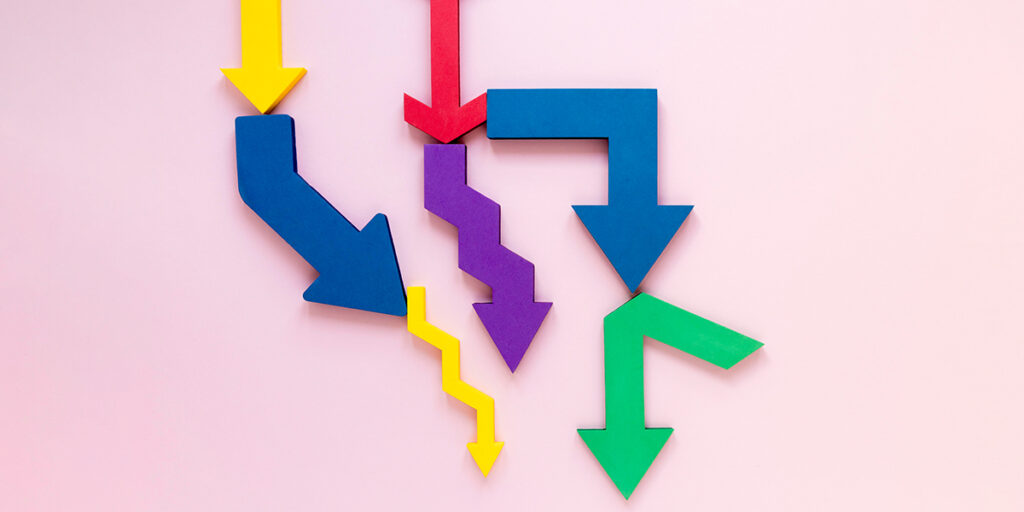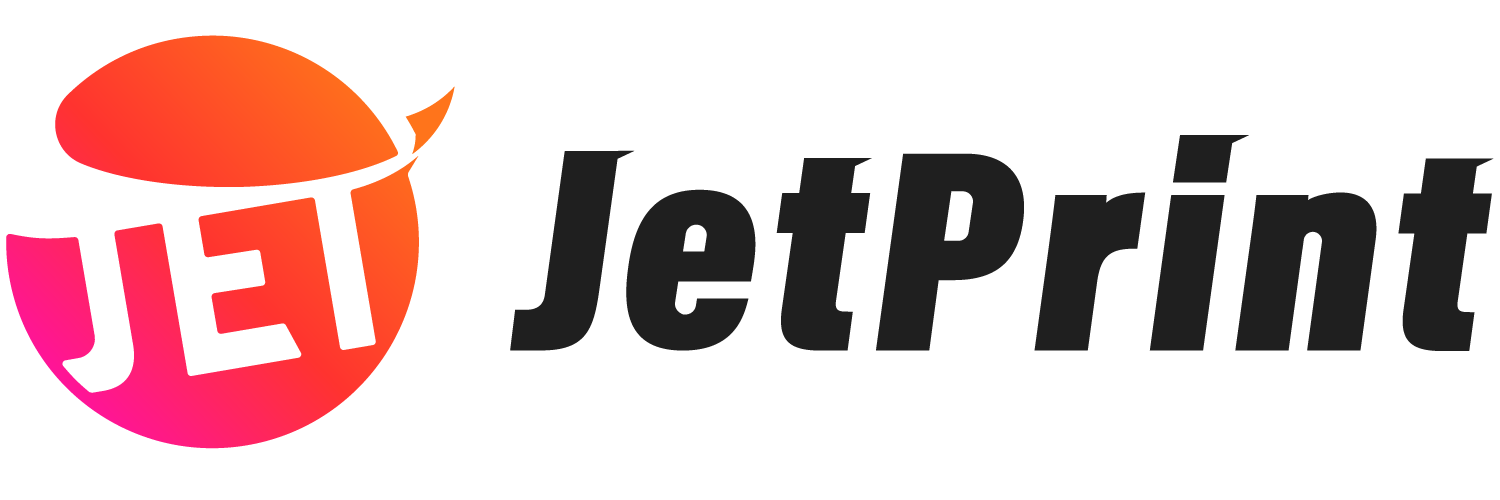These challenges deter most small businesses, but dropshipping fulfillment offers a perfect solution, enabling e-commerce sellers to operate their businesses with minimal risk.
In this guide, we’ll provide a thorough examination of the dropshipping fulfillment model.
What is dropshipping fulfillment?
Dropshipping fulfillment is a business model where a retailer doesn’t maintain product inventory but instead forwards customer order and shipping details to a third party (supplier or wholesaler), who then ships the goods directly to the customer. This means the seller (retailer) never physically handles the product.
Among them, three main roles exist in dropshipping fulfillment:
Manufacturer: Undoubtedly, the manufacturer is responsible for producing the products, which are then sold to wholesalers or retailers via offline or online channels. Products bought from manufacturers are typically the most affordable. However, manufacturers usually don’t sell their products individually, making it challenging for retailers to seek assistance from them.
Wholesaler: Wholesalers secure lower product prices from manufacturers by buying products in bulk, although this price won’t be lower than the product’s cost price. Wholesalers then sell products to retailers at a markup. In the market, there are wholesalers who exclusively purchase white label products, and they are responsible for the final completion of these products. This approach is more cost-effective than purchasing finished products directly.
Retailer: Sellers typically assume this role, as they need to sell products sourced from dropshipping suppliers to the public.
Example:
You discover company B and then retail company B’s products in your store. However, company B’s products originate from company A, which sells all the white label products produced in bulk to company B. Thus, in this entire relationship, company A serves as the manufacturer, company B acts as the wholesaler and dropshipping supplier, and you function as the retailer.
How does dropshipping work?

The typical process for dropshipping fulfillment is as follows:
1. You list products from dropshipping suppliers in your store.
2. Customers make purchases from your store.
3. Your order information automatically syncs with your dropshipping supplier.
4. The supplier begins preparing the order.
5. The supplier ships the order directly to the customer.
Advantages of dropshipping fulfillment
Low initial investment: When selecting and listing products, there are no product fees paid to the dropshipper. Fees are only incurred upon receiving orders. This allows you to upload unlimited products while keeping your card balance intact.
Minimal risk: It’s incredibly easy for retailers, as one person can handle tasks previously requiring multiple people, and there’s no need to invest in inventory. This reduces the risk associated with unsold inventory, storage, and labor costs.
Scalability: Retailers can easily add new products or expand into different markets. They can use products from various suppliers, and many apps can now be integrated into online stores. This model differs from the traditional dropshipping approach.
Challenges of dropshipping fulfillment

Lower profit margin:
This poses a challenge for all sellers. Products are publicly available, and what you see is also seen by other sellers. When consumers are presented with tens of thousands of identical products, they often opt to compare prices. There will always be someone offering a lower price than yours, akin to winning the lottery. Some sellers even sacrifice profits and choose to sell at a loss so that other sellers will have no orders.
Generating sales requires traffic, and the impact of organic traffic on most stores is minimal. Consequently, they have to invest in paid advertisements for their products, resulting in minimal profits and the risk of bankruptcy.
To address this issue, the best approach is to either increase the selling price of the product or offer unique products. For instance, if you possess design talent or are an artist, print-on-demand dropshipping could be the ideal solution. Alternatively, you can negotiate lower prices, such as by becoming a VIP customer for suppliers.
Quality varies:
“Oh no, the product quality is terrible, it feels like a scam.” This lament often arises from sellers who use dropshipping. Not all suppliers take responsibility for their products. The inconsistent quality of products instills fear in sellers, leading to customer loss, financial setbacks, and acquiring subpar items.
Assessing product quality is challenging since you can’t physically examine the products; you only become aware of the quality through complaints forwarded by your customer service team. However, to prevent further customer loss, refunds must be issued.
To tackle this issue, it’s crucial to order samples and ensure the supplier offers a comprehensive refund policy. Additionally, scrutinize reviews when selecting a supplier, as this mitigates financial risks.
Shipping issues:
Your order has been stagnant for over 60 days, and shipping delays are prevalent in the dropshipping process.
In forums, many individuals express a preference for paying a higher price to opt for local suppliers over overseas ones. This choice enables them to fulfill delivery orders within days rather than months.
To address this challenge, you can select the fastest logistics method offered by the supplier. Typically, suppliers provide various logistics options, contingent on your recognition of the supplier’s product quality.
Dropshipping Fulfillment FAQs
Can I customize packaging through dropshipping?
What are the typical profit margins for dropshipping?
Regarding typical profit margins for dropshipping, they can vary widely depending on factors such as the product niche and marketing strategy. On average, The profits range from 15% to 20%.
How do I handle returns and refunds in dropshipping?
When it comes to handling returns and refunds in dropshipping, it’s essential to have a clear policy outlined for your store and communicate this policy to your customers in advance. Additionally, it’s crucial to work closely with your suppliers to facilitate returns and issue timely refunds when necessary.
How do I choose the right dropshipping supplier?
Factors for evaluating suppliers:
- Product quality
- Customer service response speed
- clear refund policy
- Price
- Shipping time
Is dropshipping suitable for all types of products?
You cannot sell products that infringe on copyrights, trademarks, or patents, as doing so may result in legal action against you.
Related articles: Is dropshipping legal?


0 Comments